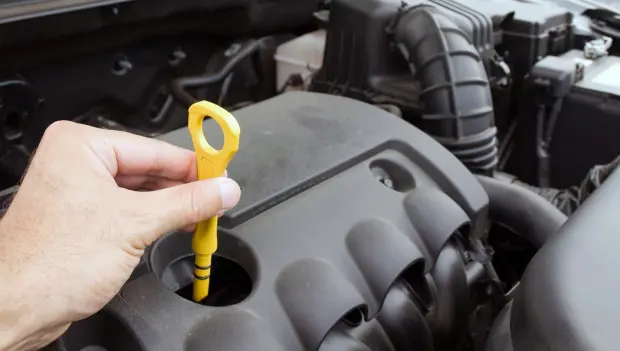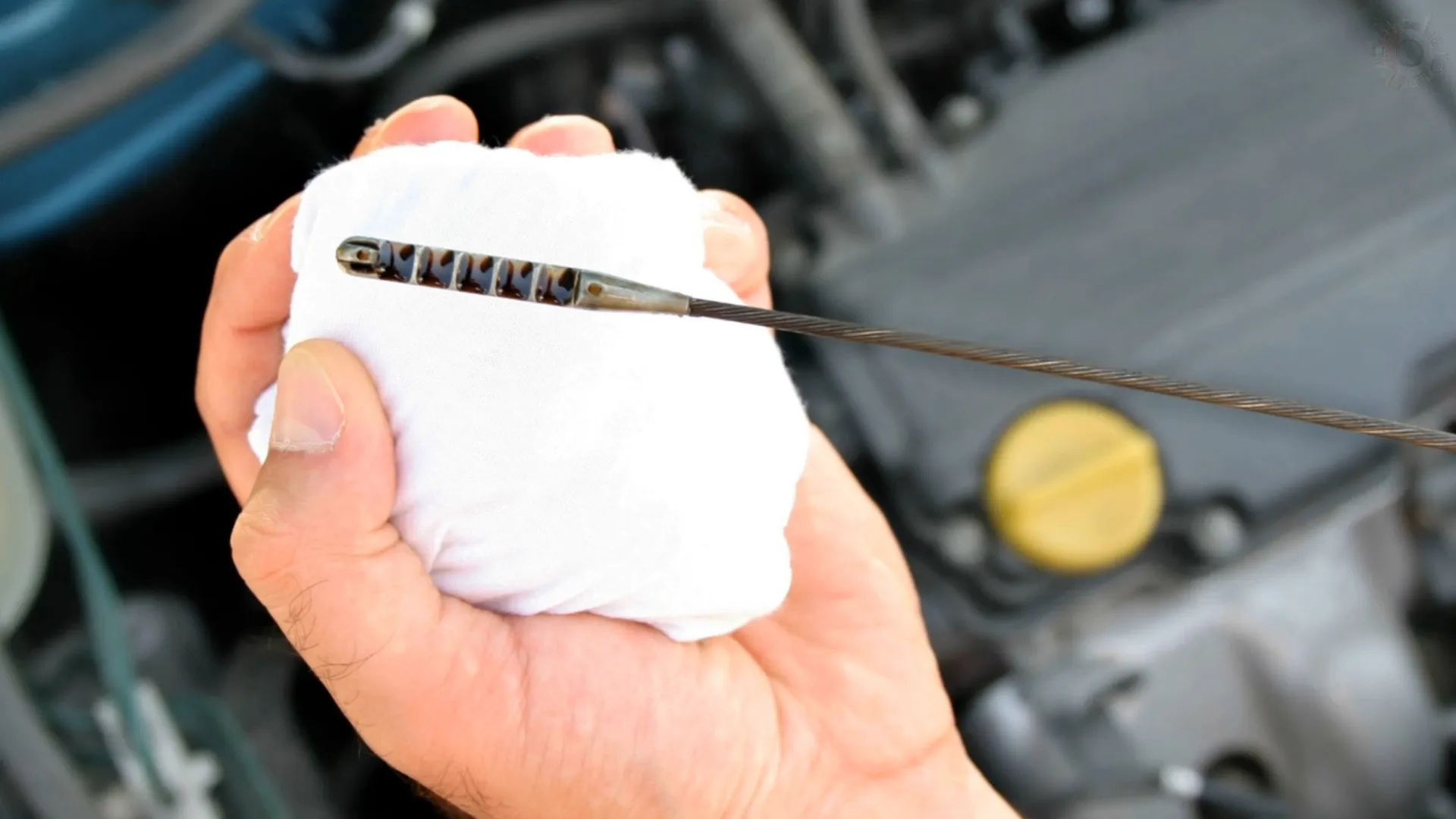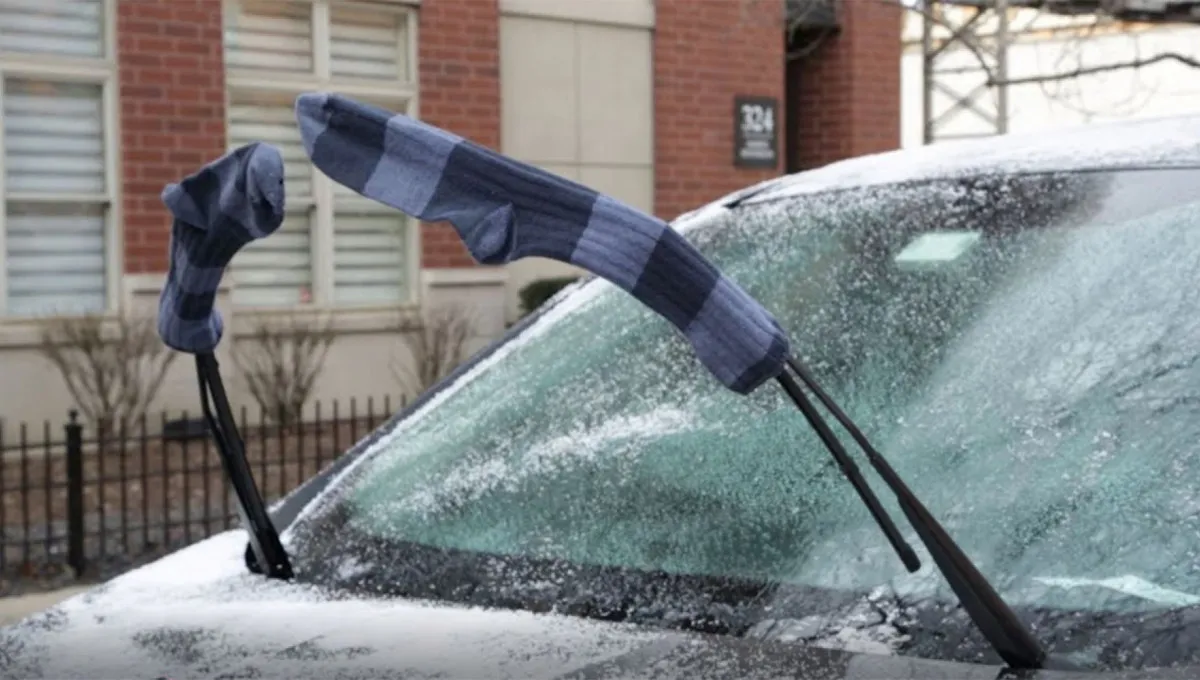This Simple Dipstick Test Could Save Your Engine
How to detect engine problems using an oil dipstick.

An oil dipstick is not just a tool for checking oil levels. It's a true indicator of engine health, able to warn of potential problems in advance. Many drivers use it just to monitor lubricant levels, but experienced mechanics know the dipstick can reveal much more.
How to Diagnose?

For testing, start the engine and try to pull out the dipstick or unscrew the oil filler cap. In a well-functioning engine, this is done easily — the crankcase ventilation system creates a slight vacuum that holds the dipstick in place. If you feel strong resistance or gas release when trying to remove it, it is a warning sign.
There are always some gases in the engine escaping from the combustion chambers into the crankcase. These are expelled by the Positive Crankcase Ventilation (PCV) system, which drags them into the intake for reburning. The key element of this system is a valve with a flexible diaphragm that regulates the pressure. Over time, the diaphragm wears out, the valve sticks, and oil starts to burn inside the cylinders. The result is blue smoke from the exhaust, oil in the air filter, and increased lubricant consumption.
Good news: if the dipstick gets "sucked" back in while the engine is running, it’s likely just the PCV valve that's faulty. Replacing it will solve the problem without costly repairs.
Bad news: if the dipstick is pushed out, it's more serious. It often indicates:
- A clogged PCV valve — excessive pressure pushes the dipstick out as the weakest element.
- Worn piston rings — gases break into the crankcase in large amounts, and the system can't cope, causing pressure that pushes out the dipstick. In this case, the engine will likely need an overhaul.
According to the Auto30 editorial team's opinion, checking the dipstick on a running engine is a simple yet effective early diagnostic method. If you notice any anomalies, it's better to check the PCV valve right away. If the problem is deeper, don't delay visiting a service center.
You may also be interested in the news:

What Every Driver Should Do to Keep Windshield Wipers from Freezing
Snow, ice, torn wiper blades — with winter’s arrival, drivers have plenty of new headaches.

Why Buying Two Full Sets of Wheels Right Away Is a Bad Idea
Many car owners try to solve seasonal tire changes once and for all by buying two complete wheel sets—summer and winter—both mounted on alloy rims.

Most Drivers Don’t Actually Know What N on an Automatic Transmission Is For: When Neutral Makes Sense—and When It Can Do Real Damage
Why coasting in Neutral is a bad idea, what the N mode is really for, and why in traffic it’s better to keep your foot on the brake instead of playing with the shifter.

Why Cars Have a Grab Handle Above the Window—and What the Small Hook Beside It Is For: If You Didn’t Know, You’re Not Alone
As a longtime driver, I’ve heard this more than once—not all drivers and passengers actually know the real purpose of the grab handle and the little hook.

Most Drivers Get It Wrong: What to Use on Lug Nuts to Keep Them from Seizing
As an experienced driver, I know firsthand that a seized wheel bolt is far more than a minor inconvenience.